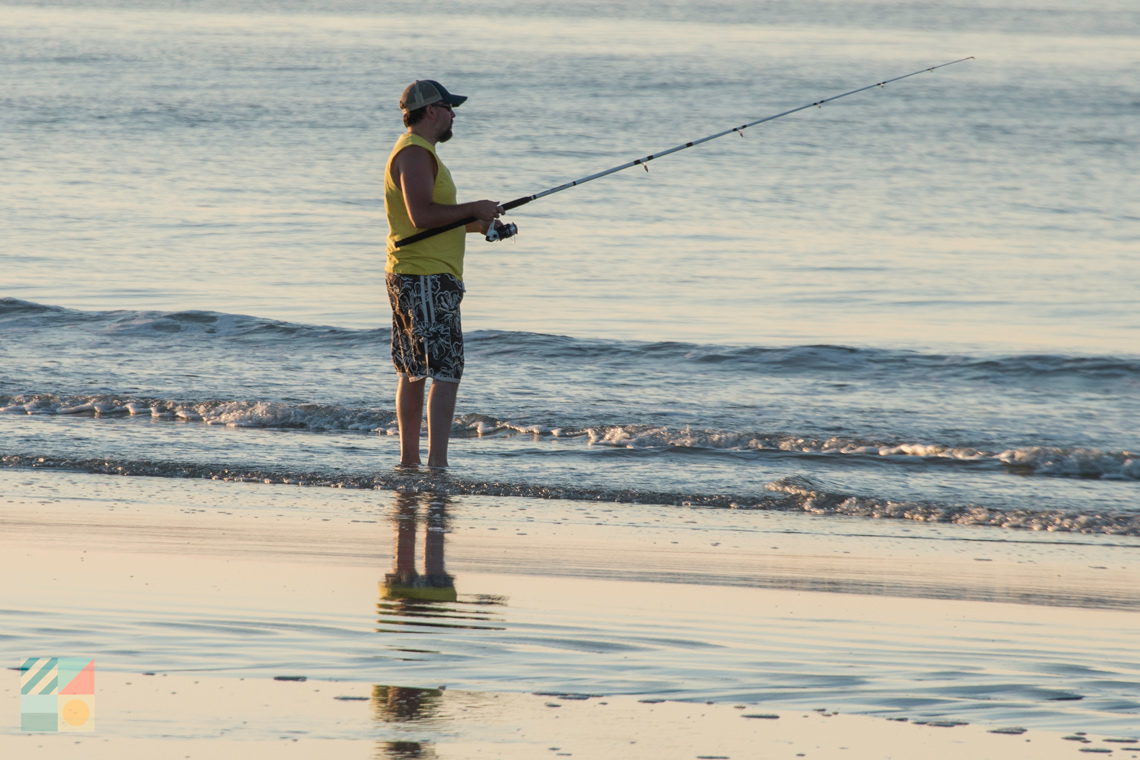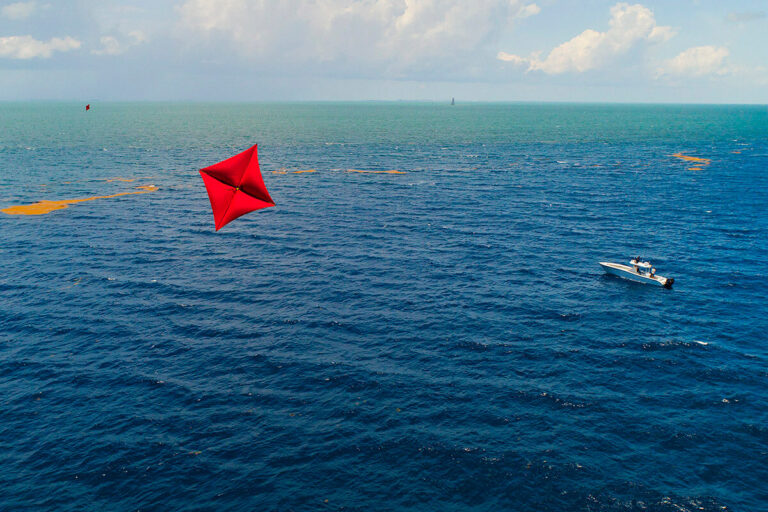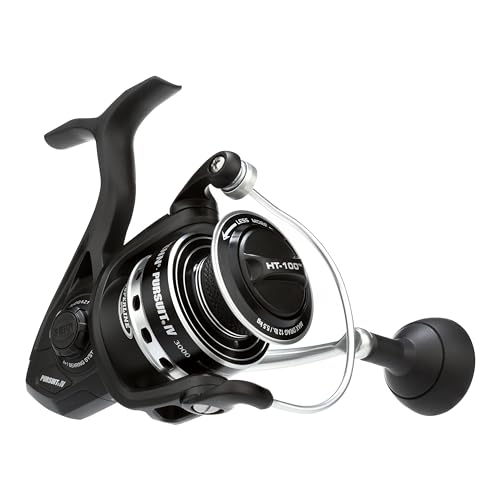To rig sand fleas for surf fishing, thread your hook through the body near the tail and push it up towards the head. Then, thread the hook back out through the top of the tail so it is secured.
Now you can cast and fish with the sand flea bait. When targeting surf-fishing enthusiasts, it’s key to understand how to rig sand fleas effectively. These small crustaceans make excellent bait for various species found in surf zones. To set up a rig, start by inserting the hook into the sand flea’s body near the tail, pushing it towards the head.
Re-emerge the hook through the top of the tail to ensure proper attachment. With this method, surf anglers can cast their lines and entice fish with these natural baits. To make the most of your surf fishing experience, employing the correct sand flea rigging technique is vital.

Credit: www.outerbanks.com
Understanding Sand Fleas As Bait
Importance Of Sand Fleas In Surf Fishing
Sand fleas, also known as mole crabs, are a popular choice for surf fishing enthusiasts. Their significance lies in their effectiveness as bait. Understanding the importance of using sand fleas can greatly improve your chances of reeling in a big catch.
Here are a few key points to keep in mind:
- High success rate: Sand fleas are highly attractive to a variety of fish species found in the surf zone. Their natural scent and movement in the water make them irresistible to predators, increasing the likelihood of a bite.
- Abundance: Sand fleas are abundant along sandy beaches, making them easily accessible for collection. Their prevalence ensures a continuous supply of bait throughout your fishing session.
- Natural prey: Fish in the surf often prey on sand fleas, considering them a regular part of their diet. By mimicking their natural food source, you can tempt these fish and increase your chances of catching them.
Identifying And Collecting Sand Fleas
Properly identifying and collecting sand fleas is essential for successful surf fishing. Here are some pointers to help you:
- Appearance: Sand fleas resemble small, oval-shaped crabs with segmented bodies. They can vary in color, but most commonly appear tan or gray. Look for their distinct pair of antennae protruding from their heads.
- Digging technique: When collecting sand fleas, it’s best to use a sand flea rake or your hands. Look for signs of small, v-shaped indentations in the sand near the waterline. These indicate the presence of sand fleas, as they burrow into the sand to feed.
- Gentle handling: Handle sand fleas delicately to avoid injuring them. They are fragile creatures, and damaged sand fleas are less attractive to fish. Use wet hands or wet gloves to minimize the risk of harming them during collection.
Proper Handling And Storage Of Sand Fleas
To ensure the longevity and effectiveness of sand fleas as bait, proper handling and storage techniques are crucial. Consider the following tips:
- Water conditions: Sand fleas thrive in moist environments, so keep them hydrated during transport. A cooler with a damp towel or a wet container is ideal for maintaining their vitality.
- Bait management: Keep the sand fleas separate from your other fishing baits to prevent contamination and maintain their freshness. It’s best to use a dedicated container or bait bucket.
- Storage duration: Sand fleas can survive for several days if stored correctly. However, it’s advisable to replenish your bait supply regularly to ensure maximum effectiveness.
Remember, using sand fleas as bait for surf fishing can greatly enhance your chances of landing that dream catch. By understanding their importance, correctly identifying and collecting them, and practicing proper handling and storage techniques, you’ll be well on your way to a successful and enjoyable fishing experience.
Rigging Techniques For Sand Flea Bait
Choosing The Right Rig For Surf Fishing With Sand Fleas
When it comes to surf fishing with sand fleas, choosing the right rig is crucial. Here are some key points to consider:
- Fish finder rig: A fish finder rig is ideal for targeting larger species like redfish or pompano. It allows the sand flea bait to move naturally and attracts fish by scent.
- Pompano rig: If you’re specifically targeting pompano, a pompano rig is the way to go. This rig is designed to hold multiple sand flea baits, increasing your chances of a bite.
- Double-dropper rig: If you want to increase your chances of catching multiple fish, a double-dropper rig is a good option. It allows you to rig two sand fleas on separate hooks, giving you a better chance of attracting fish.
Step-By-Step Guide To Preparing Sand Flea Rigs
Preparing sand flea rigs may seem complicated, but with this step-by-step guide, you’ll be ready in no time:
- Gather your materials: You’ll need fishing line, hooks, sinkers, swivels, and sand flea bait.
- Attach the sinker: Start by sliding a sinker onto your mainline. This will help your rig sink to the bottom.
- Add a swivel: Attach a swivel to the end of your mainline. This will prevent your line from twisting.
- Tie your leader line: Cut a piece of leader line and tie it to the other end of the swivel. The length of the leader line will depend on the depth of the water you’re fishing in.
- Attach the hooks: Tie your hooks to the leader line using your preferred knot. Make sure to leave enough space between the hooks for the sand flea bait.
- Prepare the sand flea bait: Carefully thread a sand flea onto each hook, making sure to conceal the hook completely.
- Test your rig: Give your rig a gentle tug to make sure everything is secure. Adjust the sinker weight if necessary.
- Cast your rig: With your rig ready, cast it out into the surf and let it sink to the bottom.
- Monitor your line: Keep an eye on your line for any movement or bites.
- Set the hook: When you feel a bite, quickly but firmly jerk the rod to set the hook.
Tips For Improving The Presentation Of Sand Flea Bait
To increase your chances of success, here are some tips for improving the presentation of your sand flea bait:
- Fresh bait: Use fresh sand fleas whenever possible. Fresh bait releases stronger scents, attracting more fish.
- Thread carefully: Take your time when threading the sand flea onto the hook. Make sure the hook is completely concealed for a more natural presentation.
- Experiment with hook sizes: Different fish species prefer different bait sizes. Try using different hook sizes to see what works best for your target fish.
- Assist with scent: You can enhance the scent of your sand flea bait by adding attractants like fish oil or shrimp scent.
- Vary your retrieval speed: When retrieving your line, vary the speed to mimic the movement of live sand fleas.
- Watch the waves: Pay attention to the water movement and cast your rig where the waves break. This is where sand fleas are often found and where fish are likely to be feeding.
Remember, the success of your surf fishing with sand fleas depends on the rig you choose, how well you prepare it, and the presentation of the bait. Follow these techniques and tips to improve your chances of catching fish. Happy fishing!
Advanced Techniques For Maximizing Success
When it comes to rigging sand fleas for surf fishing, there are advanced techniques you can employ to increase your chances of success. These techniques involve reading the surf conditions, adjusting the rig setup, and incorporating additional attractants. In this section, we will explore each of these techniques in detail.
Reading The Surf Conditions For Optimal Sand Flea Fishing
To improve your sand flea fishing game, it is crucial to read the surf conditions and understand how they affect the behavior of these tiny crustaceans. Here are some key points to keep in mind:
- Wave action: Pay attention to the intensity and frequency of the waves. Sand fleas tend to be more active during calmer surf conditions when the waves are gentle.
- Water clarity: Clear water allows sand fleas to see the bait more easily. Look for areas where the water is not too murky.
- Depth and structure: Sand fleas prefer shallower waters and areas with sandbars or structure. Identify troughs or areas where waves break and concentrate your fishing efforts there.
Adjusting Rig Setup For Different Surf Conditions
The proper rig setup can make a significant difference in your sand flea fishing success. Consider the following factors when adjusting your rig for different surf conditions:
- Weight selection: Use heavier weights when fishing in strong surf to keep your bait from getting swept away by the current. In contrast, lighter weights work best in calmer conditions.
- Leader length: Opt for longer leaders in rough surf to prevent the weight from interfering with the natural movement of the sand flea. Shorter leaders are suitable for calmer waters.
- Hook size: Choose a hook size that matches the sand flea you are using as bait. Larger hooks work best for bigger sand fleas, while smaller hooks are more suited for smaller specimens.
Incorporating Additional Attractants To Increase Catch Rates
If you want to maximize your catch rates when fishing with sand fleas, consider incorporating additional attractants into your setup. Here are some effective options:
- Fish scent: Apply fish scent to your bait to enhance its attractiveness. Scents like shrimp or crab can mimic the natural prey of the sand fleas, enticing more fish to bite.
- Sand flea flavoring: Enhance the scent of your sand fleas by using sand flea flavorings that are commercially available. These flavorings can add an extra element of attractiveness to your bait.
- Cut bait: Incorporate small pieces of cut bait, such as squid or mullet, alongside the sand flea on your hook. The combination of scents can entice fish that might be less interested in the sand fleas alone.
By reading the surf conditions, adjusting your rig setup, and incorporating additional attractants, you can significantly increase your chances of success when rigging sand fleas for surf fishing. Practice these advanced techniques and watch your catch rate soar.
Conclusion
To sum up, rigging sand fleas for surf fishing is a skill worth mastering if you want to increase your chances of success on the shoreline. With the right techniques and equipment, you can effectively present sand fleas as bait to attract a variety of fish species.
Remember to choose fresh, live sand fleas and properly secure them to your hook. Experiment with different rigs and techniques to determine what works best in different conditions. Be patient and persistent, as surf fishing requires time and effort. And above all, respect the environment and follow local fishing regulations to ensure the sustainability of our fisheries.
So, grab your gear, head to the beach, and give sand flea rigging a try. You may just reel in your next big catch!




